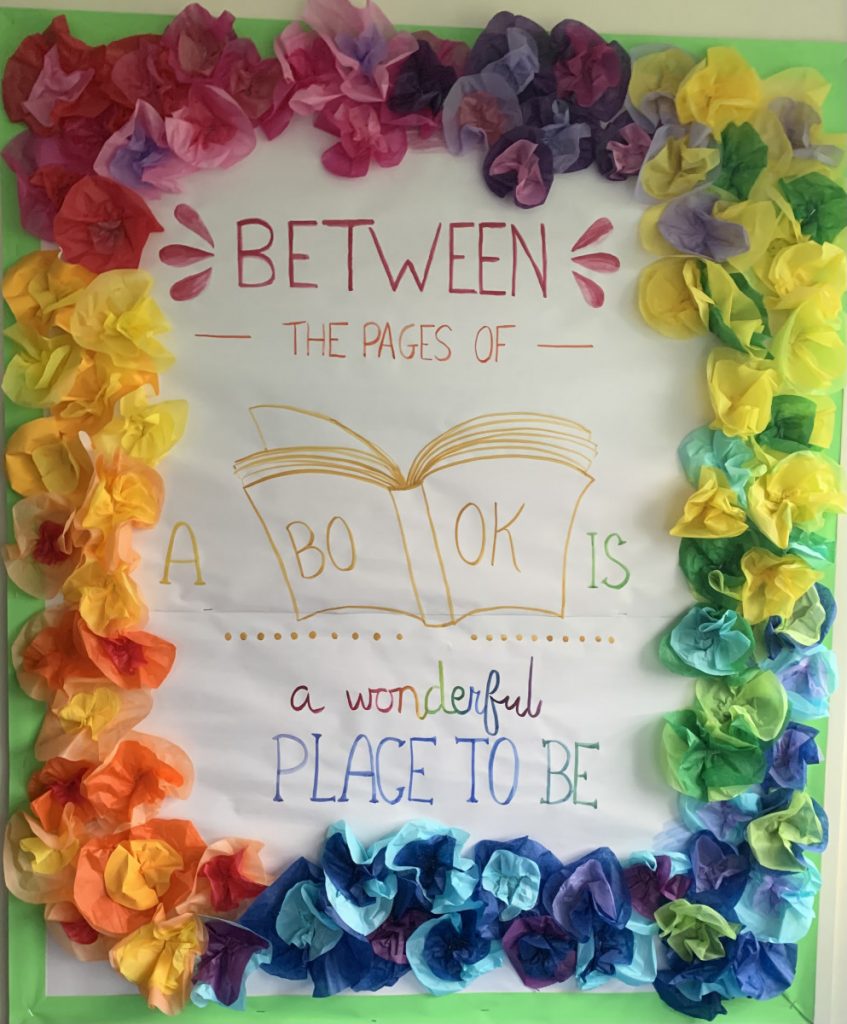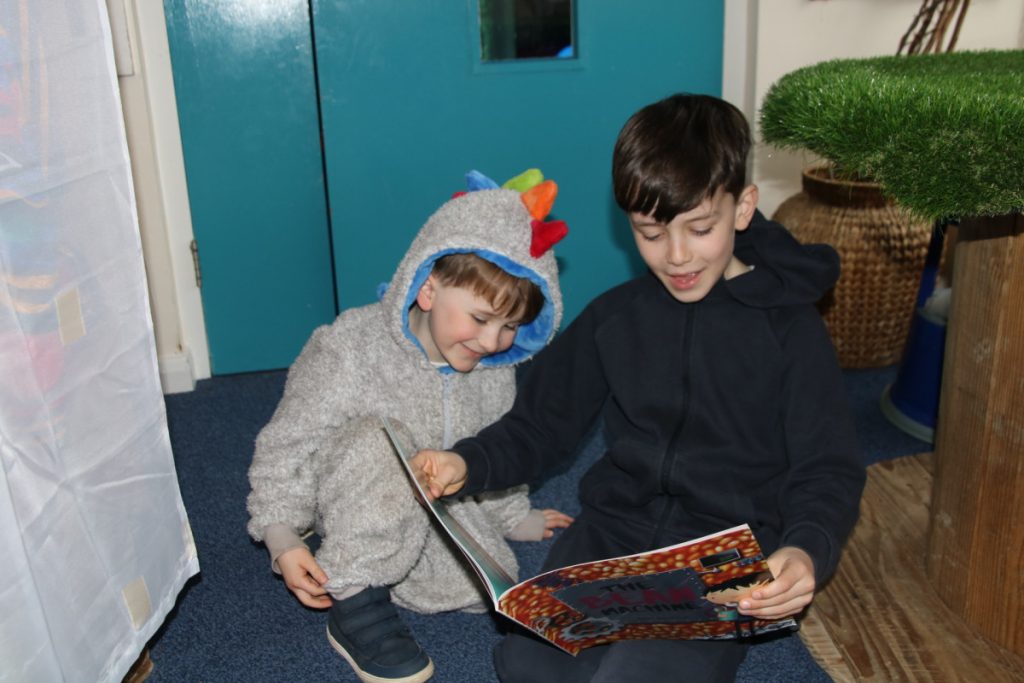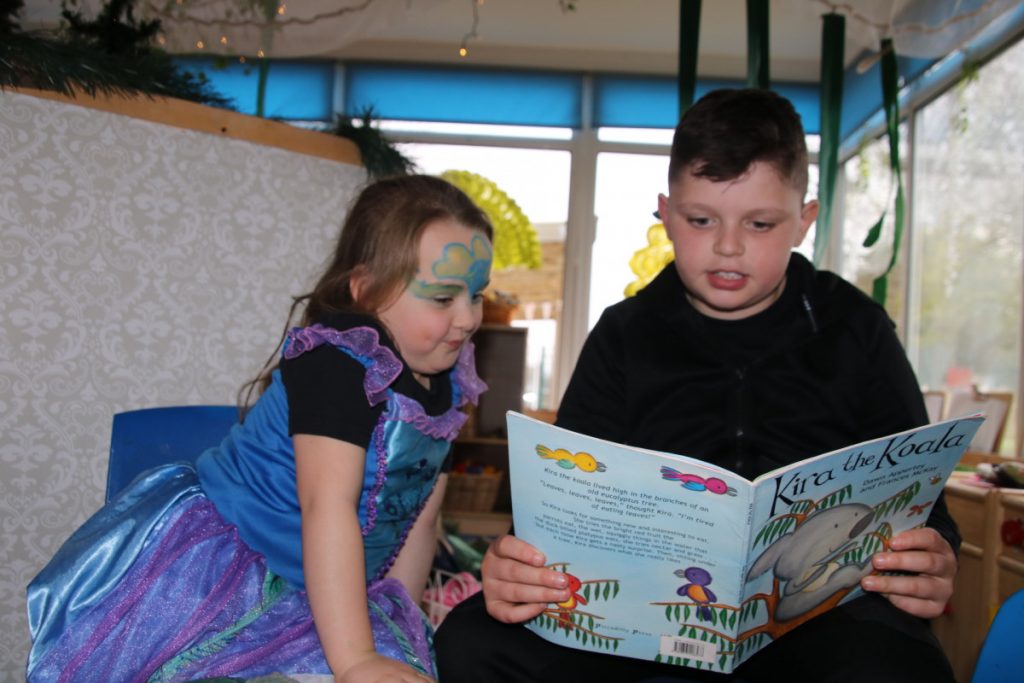
Reading
At Greatham CE Primary School we aim to ensure all children become successful, fluent readers by the end of Key Stage One. We believe children can achieve this through a combination of strong, high quality, discrete phonics teaching combined with daily opportunities for remembering fundamental reading skills.
The children develop their early reading through a sequenced series of daily lessons by introducing, reviewing, practising and applying new sounds which follows the systematic synthetic phonics programme, Active Learn Bug Club.
Children are provided with high quality teaching and reading books that help them decode successfully and confidently in order to become fluent readers.
All trained adults will support children to use their phonic knowledge in everyday life, to enrich their reading for both pleasure and information. To ensure children have the opportunity to practise and apply the phonics they have been taught at school, words are sent home alongside accurately matched phonetically decodable books as well as books allocated via the Bug Club e library.
For children at risk of falling behind, staff redeliver the sound in smaller groups and assess children’s knowledge, using Phonics Tracker to ensure support and challenge are appropriate.
English Long term Plan



Click on the bug to access the e-books.
Click here for a guide to the book bands
School Code: Iqt3
Click on the beetle to download our ‘Bug Club How to Guide’
We also have a fantastic library with a wide range of non-fiction books for children to choose from and borrow.
Phonics Screening Check
What is the phonics screening check?
The phonics screening check is a quick and easy check of your child’s phonics knowledge. It helps school confirm whether your child has made the expected progress.
How does the check work?
What are ‘non-words’?
The check will contain a mix of real words and ‘non-words’ (or ‘nonsense words’).
Your child will be told before the check that there will be non-words that he or she will not have seen before. Many children will be familiar with this because many schools already use ‘non-words’ when they teach phonics.
Non-words are important to include because words such as ‘vap’ or ‘jound’ are new to all children. Children cannot read the non-words by using their memory or vocabulary; they have to use their decoding skills. This is a fair way to assess their ability to decode.
Helping your child with phonics
Some simple steps to help your child learn to read through phonics: